Alternative Land Uses: Experts offer agroforestry guidance
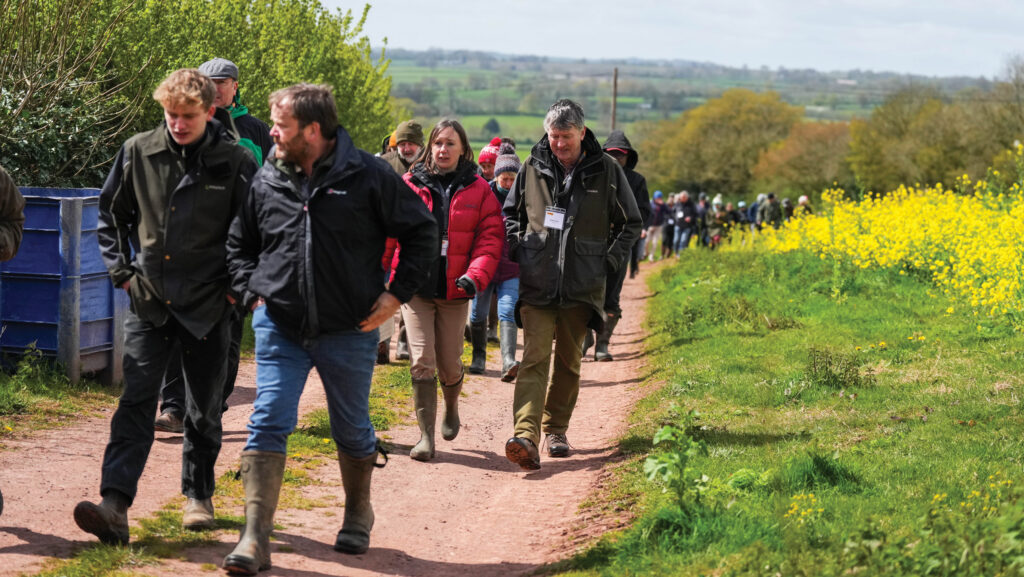 © Emily Fleur
© Emily Fleur Combining farming and forestry is a centuries-old concept but, as agriculture intensified in post-war Britain, farmers lost sight of the importance of in-field trees and shelter belts.
That is now changing with agroforestry set to be classified as an agricultural activity in the Environmental Land Management (ELM) scheme in England, attracting revenue payments of £248-£849/ha, plus capital payments.
Defra is reviewing current permanency arrangements for agroforestry.
See more: Woodland creation – tax, legal and practical advice
Forestry Commission agroforestry development manager Jim O’Neill has emphasised that the non-permanence issue is a “top priority” at Defra, which has commissioned a research project to inform potential impacts. It will look to make a decision once this has been finalised.
At a recent Farmers Weekly event at Elston Farm, Copplestone in Devon, experts offered their guidance on agroforestry, including the tax and legal considerations.
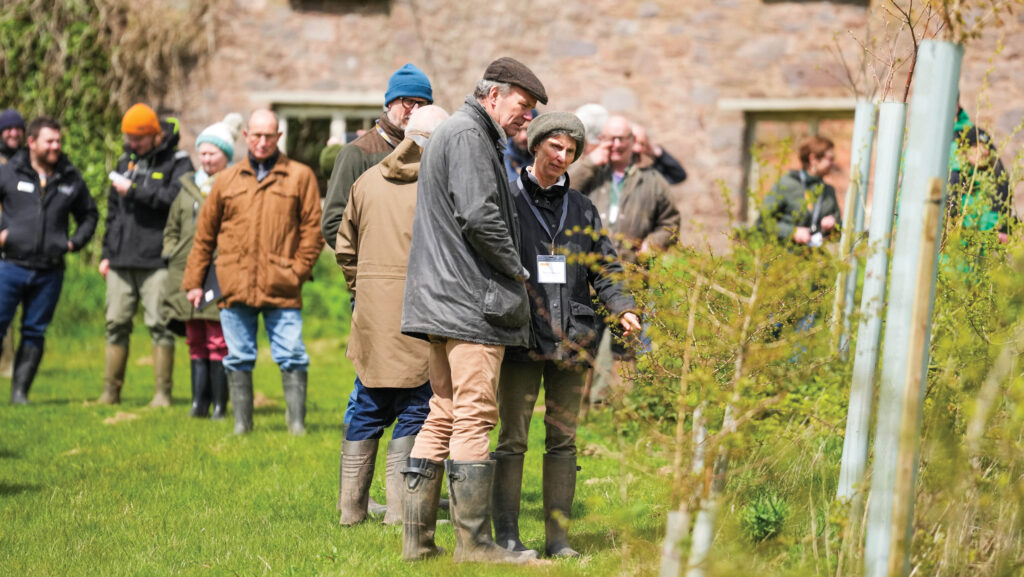
© Emily Fleur
What is agroforestry?
From lines of alley trees and wood pasture to shelter belts and hedges, trees are regarded as a very important tool for helping farming systems be resilient to climate change.
Helen Chesshire, lead advocate for farming and agroforestry at the Woodland Trust, said the integration of trees and shrubs into farming systems can play a crucial role in future-proofing farm businesses.
“Well-designed systems will really help reduce the impacts of extreme weather conditions on livestock, the provision of shade and shelter ensuring their health and production is not negatively impacted,” she said.
The Woodland Trust has enabled the piloting of agroforestry schemes on 265 farms over the past decade, planting almost 350,000 trees in the process. Alley cropping and shelter belts have been the most popular planting schemes.
Helen said one of the most important considerations is to design a scheme that fits with a farmer’s business objectives, the types of enterprise, livestock and machinery they have, and the farm’s topography.
“In terms of scheme types, it can be round the edges of fields, in the middle – it is any way of integrating trees without taking land out of food production.”
Funding
Grants are currently available under Countryside Stewardship (CS) and the England Woodland Creation Offer (EWCO) for agroforestry-type schemes, such as hedges with trees, wide hedges, shelter belts and wind breaks, but there is nothing specific to in-field agroforestry.
“That is the offer coming down the tracks this year,” Jim revealed.
Revenue rates look set to start at £248/ha with capital payments for establishment and tree protection on top of that; revenue payments can be stacked with other land management payments.
Defra is looking to introduce a new capital item to plan in-field agroforestry systems to help farmers plan and manage their trees.
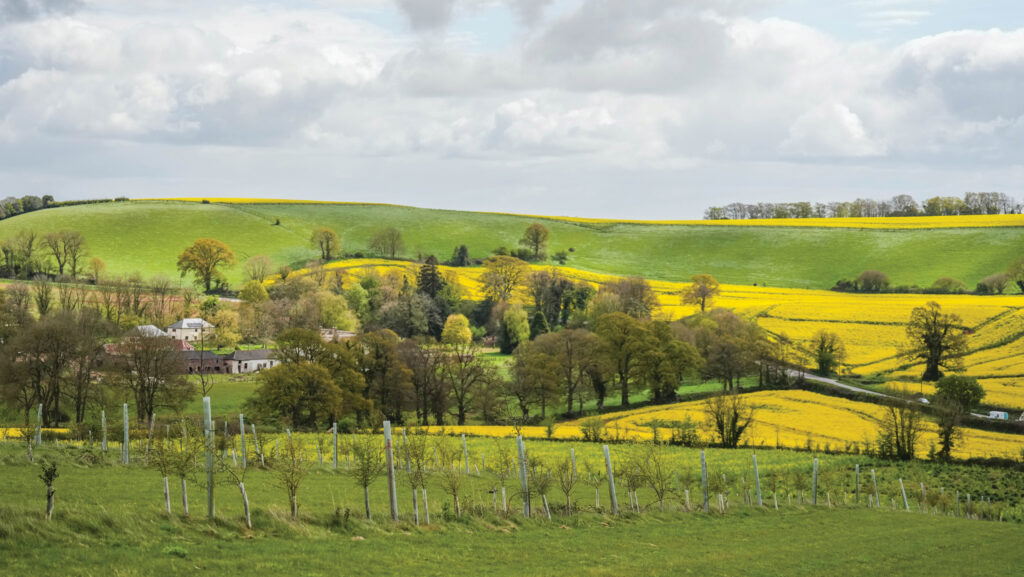
© Emily Fleur
Regulations
Two types of consents could apply in the context of agroforestry under environmental impact assessment (EIA) regulations for agriculture and forestry. Which, if either, will apply will depend on the scheme.
If the planting is a minimum of 0.5ha, is 20m wide and there is the potential for 20% tree canopy closure from species classed as trees, it could be defined as woodland, meaning that forestry EIA regulations would kick in. “Can we create agroforestry without tripping into forestry EIA?” asked Jim.
“We have designed what we are calling ‘fail-safe designs’, which effectively mean that if you are planting on a grid pattern and you keep your trees at least 15m apart, it is not going to create woodland, therefore forestry EIA won’t apply.
“The same would be true if you are planting in a row situation and keeping the rows 24m apart as this won’t close canopies.”
Agriculture EIA consent is a consideration if the trees are likely to increase the productivity of the land.
“That can be quite subjective at times, so my advice is to have a conversation with the Forestry Commission and Natural England before you embark on what you are about to do,” said Jim.
“But don’t let the prospect of EIA regulations put you off, because the agroforestry plan is designed to take applicants through the EIA process should they need that.”
There is no cost to securing an EIA, aside from time, energy and effort, he added.
If Defra agrees to classify agroforestry as a non-permanent land use then the trees could potentially be felled with an unconditional licence, removing the need to restock that land with trees.
“If you decide in 10-15 years’ time that it hasn’t worked for you, you could reverse that through what might be a certification method,” Jim explained.
“But we really hope farmers and landowners will see the real value that farming with trees can bring to the business in terms of increased productivity and livestock welfare.”
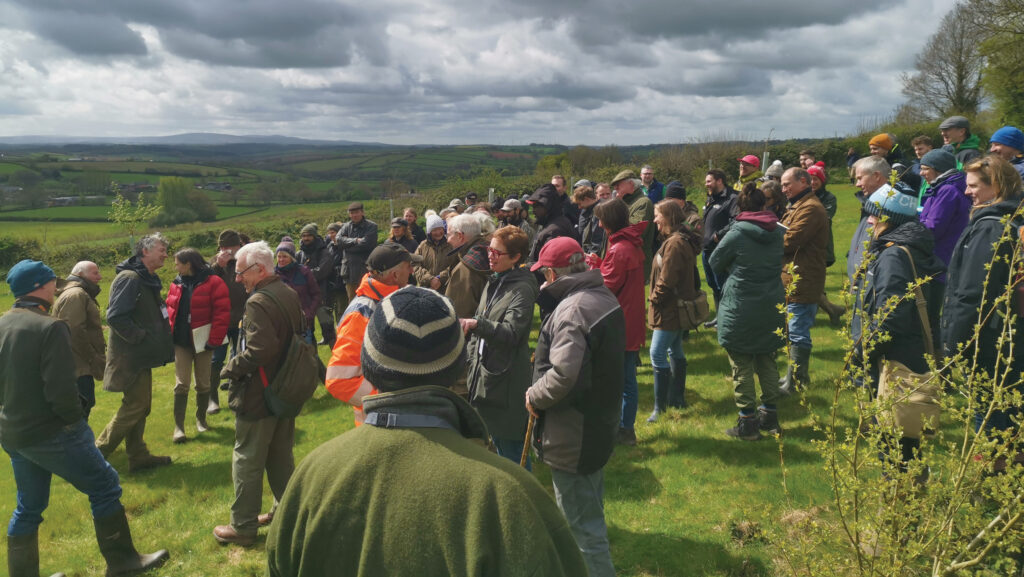
© Emily Fleur
Tax
Much of the current tax rules applicable to agroforestry fall under the umbrella of agriculture.
Philip Kirkpatrick, of accountancy firm Old Mill, said HMRC treats agroforestry as an extension of the farming business, unless the forestry element is operated as a distinct commercial woodland business in its own right.
When they are operated together as one agricultural business, all income and expenditure from the woodland and agricultural activities are treated as one trade and can be offset against one another.
As such, agroforestry is unlikely to disrupt the tax situation a farming business is probably already in, said Philip.
“If you have got a lot of upfront costs from managing woodland, you can offset these against income from the farming side of the business and vice versa.
“Be mindful, however, that the planting of trees on land is generally treated as a capital cost, forming part of the land value, and is unlikely to be deductible for income tax purposes.”
If the farm business is VAT registered, sales of additional products resulting from the trees, such as timber, firewood, fruit and nuts, are all vatable supplies, so input VAT on costs should be recoverable.
Output VAT will need to be charged on certain products – for example, on timber at a rate of 20% and on fuel sold for domestic use at 5%.
For inheritance tax purposes, as agroforestry land is part of the agricultural business, agricultural property relief and business property relief should be available.
“Due to the significant value of farms, these reliefs can be incredibly powerful and should not be taken for granted,” said Philip.
“Advice should therefore be sought to make sure these are maximised as best as possible.”
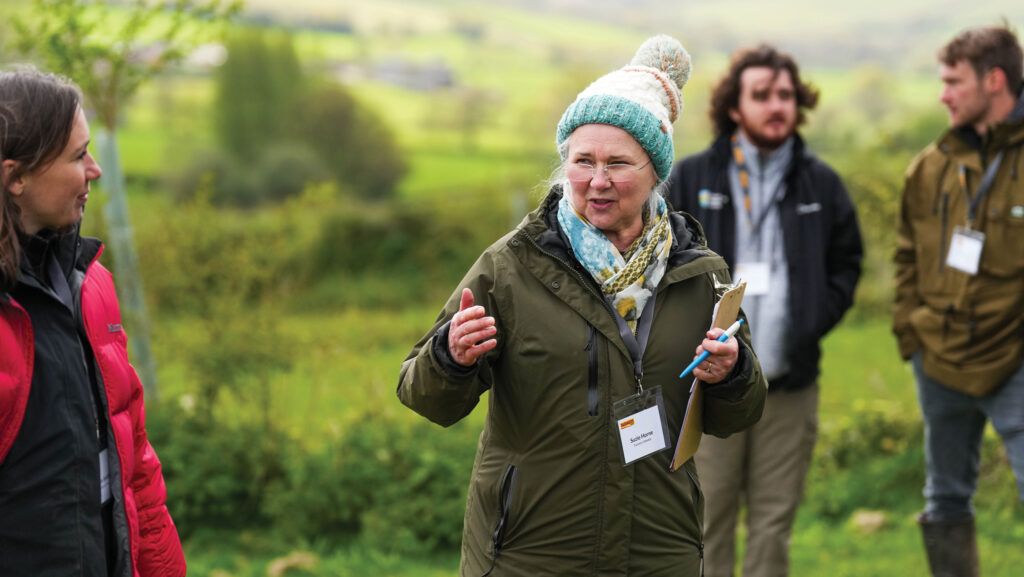
© Emily Fleur
Scheme maintenance
Maintenance of agroforestry schemes is as important, if not more important than planting, said Marc Liebrecht, an associate partner at Carter Jonas.
On many farms, where maintenance is done in-house, it can fall to the bottom of the list of jobs that need doing, he suggested.
“That is not down to intent, it is due to time constraints, so you end up with a lot of effort and planning going into getting the trees planted and then the maintenance isn’t done,” said Marc.
Maintenance can be as simple as creating a 1sq m weed-free area around the base of the tree and treating with one or two applications of a glyphosate herbicide in the first two years to kill off weeds and grasses.
“By the third year, you shouldn’t need an application and all that then needs doing is straining up and by year 10 the shelters can come off and be disposed of appropriately,” he said.
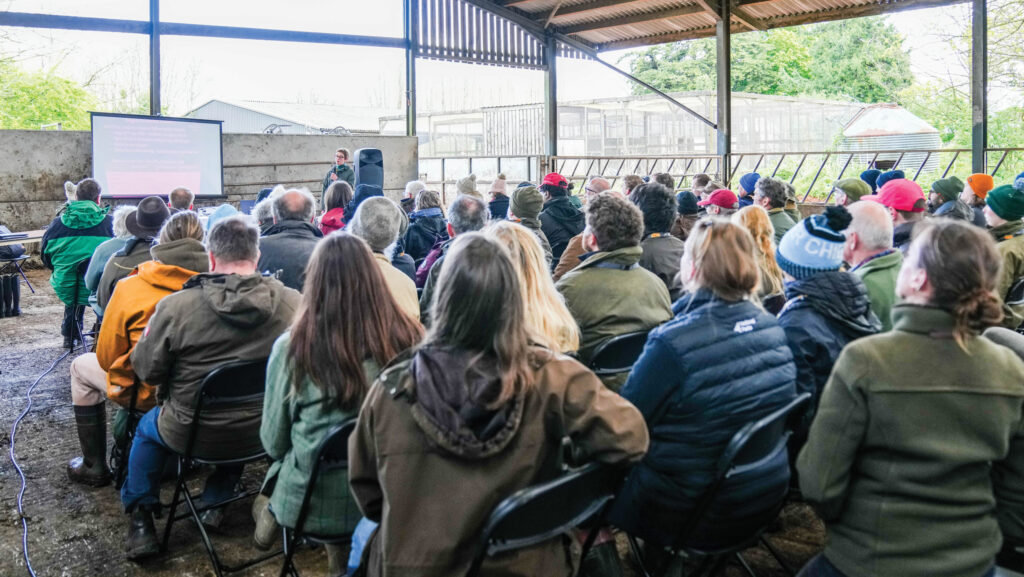
© Emily Fleur
Farming livestock with trees
Devon farmer Andy Gray has planted almost 6,000 trees on his 61ha farm to test how well farming livestock with trees improves the environment and increases productivity.
The 13th generation farmer is one of seven farms participating in the 10-year trial, part-funded by the Woodland Trust.
His family have been cider makers for 350 years so the concept of having trees in fields is not new to him.
“Watching livestock grazing under trees has always been a very positive experience,” he said.
Agroforestry trial
Andy’s agroforestry trial at Elston Farm was planted in 2021, in an alley design with 14m between each line of trees and 3m between individual trees.
This design allows crop production to be maintained on what he describes as a “remarkably good arable farm”.
“For me, the idea of cutting myself off from being able to produce cereals or vegetables or anything else on this beautiful land was a mistake, but there are other farmers in the trial who have gone for different designs.”
The planted land is attracting a grant payment of £798/ha from the Countryside Stewardship wildlife offer from the sowing of pollen mixes and will earn Andy up to £849/ha more if the new agroforestry payment is introduced into the Sustainable Farming Incentive.
He believes it makes sense for farmers to be early adopters of agroforestry.
“Policymakers generally over-incentivise at the beginning of a scheme but then beat you with a big stick at the end, while it is in the middle part where most people jump in.
“I think now is the moment to be getting into agroforestry rather than waiting until the carrot gets smaller and the stick gets bigger, because that stick is coming.”
Although the benefits to Andy’s agricultural output from agroforestry are not yet quantifiable, improvements to how the land is behaving are apparent.
“We have had two-and-a-half months of heavy rain, but most of the time that rain just sinks in. When we were a hard arable system, the soil used to run away,” he said.
Alternative Land Uses
The Agroforestry event was part of the series of events – Alternative Land Uses – a partnership between Farmers Weekly and land experts.
The headline partner for Agroforestry was the Woodland Trust.
